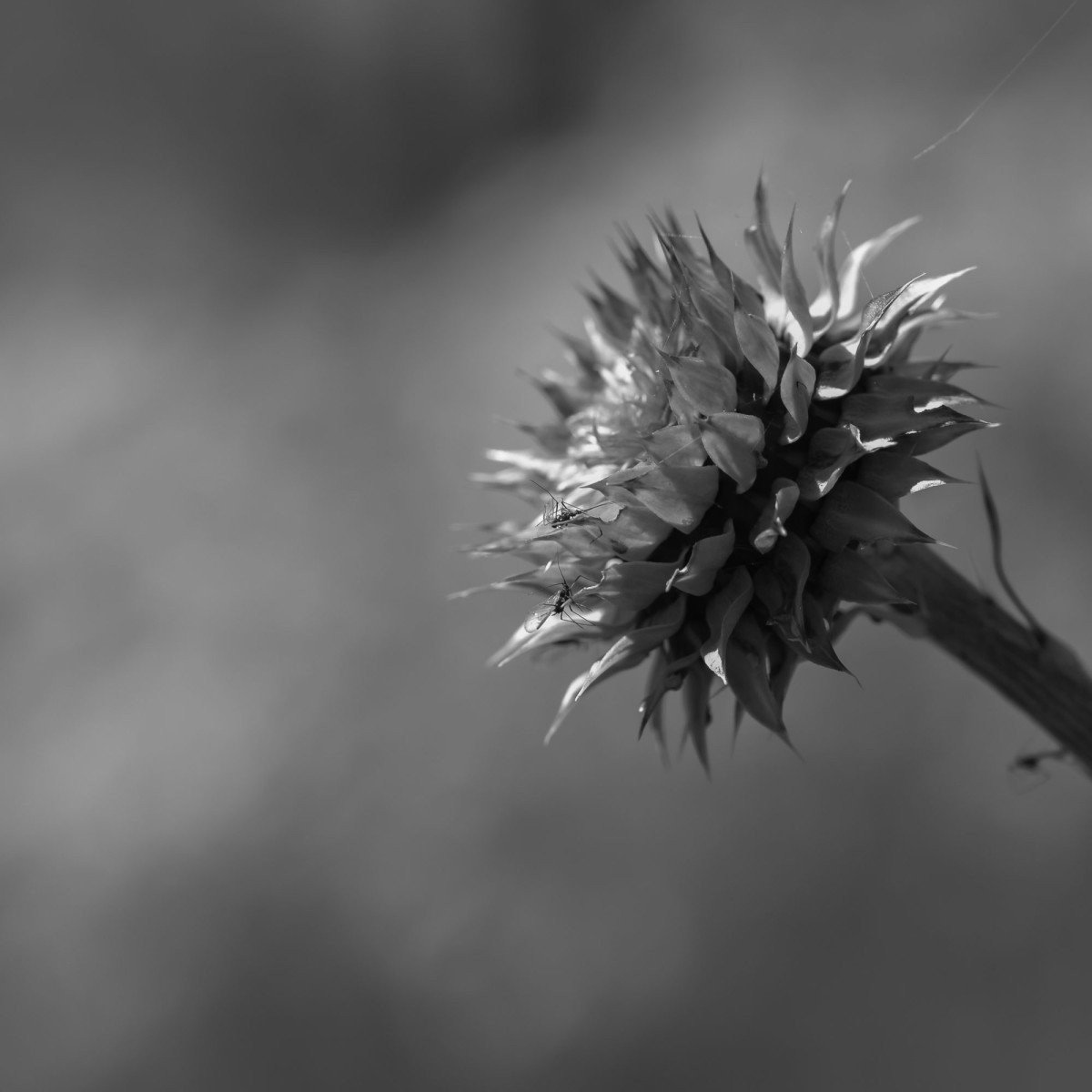Ever stumbled upon an enchanting photograph where the poised flower stands out while the surrounding world dissolves into a dreamy blur? I bet you must’ve thought, ‘How do they do that?’ and ‘I wish I could do that!’. Well, today’s your lucky day because we’re going to unravel this delightful artistry. This remarkable effect is accomplished by a principle in photography known as depth of field.
The depth of field dictates the extent of the image that appears sharp; in short, it’s our control dial for blur. This technique is the heartbeat of many captivating photographs, with its ability to direct a viewer’s attention by blurring out distractions. Amazing, isn’t it?
Defining Depth of Field
Now, you might be pondering: ‘What exactly is depth of field?’ Allow me to decode this for you, buddy. Imagine yourself seated in a theatre; the depth of field would be the equivalent of the stage’s length from the nearest actor to the furthest. Anything beyond or before that would be blurry, akin to unimportant whispers lost in an engrossing monologue.
Similarly, in the world of photography, depth of field is the stretch of distance within which all elements appear sharp. Anything outside this zone blurs out, as insignificant as the vegetable you subtly picked out of your food and pushed to the edge of your plate.
The Three Musketeers of Depth of Field
So, now that we’ve invited the elephant out of the room let’s delve deeper. There are three magnificent musketeers that control depth of field in photography: aperture, focal length, and distance to the subject. These interact as a trio, playing out a harmonized symphony of elements that give you the perfect blur. Photography composition wouldn’t be complete without mastering these three.
1. Aperture: The Eye of the Camera
Think of aperture as the eye of your camera. Like the pupils of your eyes dilate and constrict in different light settings, the aperture of your camera allows more or less light into the camera. A wide aperture (e.g., f/1.8) creates a shallow depth of field, resulting in a heavier blur effect in the background. On the other hand, a smaller aperture (e.g., f/16) will give you a larger depth of field, causing most of the image to appear sharp.
2. Focal length: The Distance Makes a Difference
Then comes our second influencer: focal length. The placeholder to remember here is ‘greater the focal length, more the blur.’ Thus, telephoto lenses, which have a higher focal length, produce more noticeable blur compared to wider lenses. Ever noticed how your portrait photos have a much softer blurriness compared to landscape photos? That’s focal length in action!
3. Distance to Subject: Playing with Perspective
Last but not least, the distance between your camera and the subject plays a crucial role in depth of field. The closer you are to your subject, the lesser the depth of field, and vice versa. It’s like telling someone a secret: the closer you get, the more they focus on what you’re saying, forgetting the buzz around. Harness this power of attention by playing smart with the distance to your subject.
Manipulating Depth of Field for Creative Shots
Now that you’ve taken a peek into the toolbox, I’m sure you are itching to try out these techniques. Understanding depth of field is like learning a new language; you have learned the words, but creating poetry? That takes practice.
Portrait photography benefits tremendously by playing with a shallow depth of field. Isolating the subject against a blurry background directs attention towards them and creates an intimate feel. On the other hand, landscape photography usually requires a wider depth of field to capture the grandeur of vistas. The world is full of photo ops, from a busy city street to a peaceful countryside, and understanding depth of field can make each shot a masterpiece.
Conclusion: Depth of Field, a Liquor Worth Sipping
Imagine depth of field as a gravity well, pulling the viewer’s gaze towards where you want it to be. It’s a potent creative tool not to be taken for granted. Fiddle with those aperture settings, switch up your lens to play with focal length, or change your distance to the subject, and allow your photographs to tell tales tinted with the magic of depth of field.
Remember, the magic doesn’t lie in the camera but the eyes, mind, and heart behind it. As Ansel Adams said, ‘You don’t make a photograph just with a camera. You bring to the act of photography all the pictures you have seen, the books you have read, the music you have heard, the people you have loved.’ So my dear courtyard philosopher of light, shall we embark on our next photography adventure, playing with this mysterious force field of focus called depth of field? It’s a liquor worth sipping, wouldn’t you agree?


0 Comment